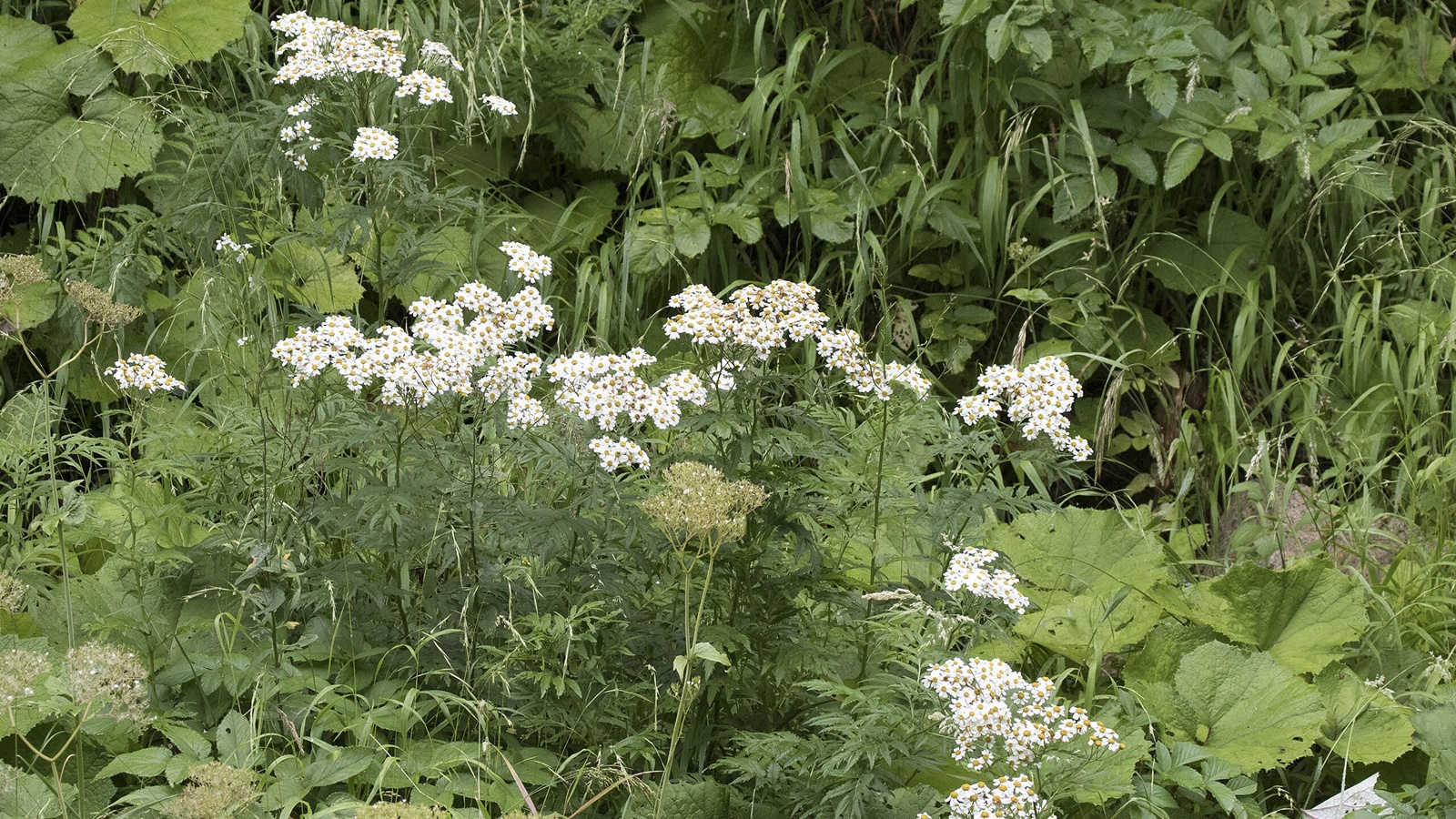Parthenium, also known as “famine weed” or “Congress grass,” as it was once called, is a widespread weed posing a significant health threat.
Dr Ather Pasha, Consultant – Internal Medicine at CARE Hospitals, Banjara Hills, Hyderabad, explained the dangers of this invasive plant and how to manage its harmful effects.
Parthenium’s primary health risk lies in its potent allergens, he noted.
“Direct contact with the weed can trigger skin irritation, rashes, and a condition called parthenium dermatitis in susceptible individuals. Inhaling parthenium pollen can cause allergic rhinitis (hay fever), asthma, and other respiratory problems for those with sensitivities. Even eye irritation, redness, and watering can occur upon exposure. In some cases, prolonged exposure might lead to headaches, nausea, and fatigue,” he explained in an interaction with indianexpress.com.
How can these problems be managed?
Fortunately, there are ways to manage these health problems, said Pasha:

Minimise Contact: Avoiding contact with parthenium is crucial. When working outdoors or in areas where it grows, wear protective clothing like long sleeves, pants, gloves, and even consider a mask.
Maintain Hygiene: Following potential exposure, wash your hands and exposed skin thoroughly with soap and water to remove any plant residue.
Medication and Treatment: Over-the-counter antihistamines, topical corticosteroids, and other treatments prescribed by a doctor can help alleviate symptoms like itching and inflammation. In severe allergy cases, allergen immunotherapy (allergy shots) might be recommended.
Respiratory Protection: If you have respiratory sensitivities to parthenium pollen, wear a mask or respirator when working outdoors during its flowering season, typically when pollen levels are highest.

Why public awareness is important
Beyond individual precautions, community-wide efforts are vital, Pasha noted:
Controlling Infestations: Measures to control parthenium growth in residential areas, parks, and agricultural fields significantly reduce overall exposure.
Public Education: Educating communities about the health risks and promoting preventive measures like avoiding contact and seeking medical attention for symptoms is crucial.
Research and Monitoring: Continued research into parthenium allergens and effective management strategies can improve understanding of its health effects and lead to better control methods.
While complete elimination might be difficult, ongoing research offers hope. Developing parthenium-resistant crop varieties and implementing integrated pest management (IPM) strategies that combine different control methods can minimise reliance on any single approach and create a more sustainable solution.
By understanding the health risks of parthenium and taking preventive measures, we can protect ourselves and our communities from this invasive threat.
© IE Online Media Services Pvt Ltd
First uploaded on: 01-06-2024 at 14:31 IST

Rohit Malhotra is a medical expert and health journalist who offers evidence-based advice on fitness, nutrition, and mental well-being. His articles aim to help readers lead healthier lives.


